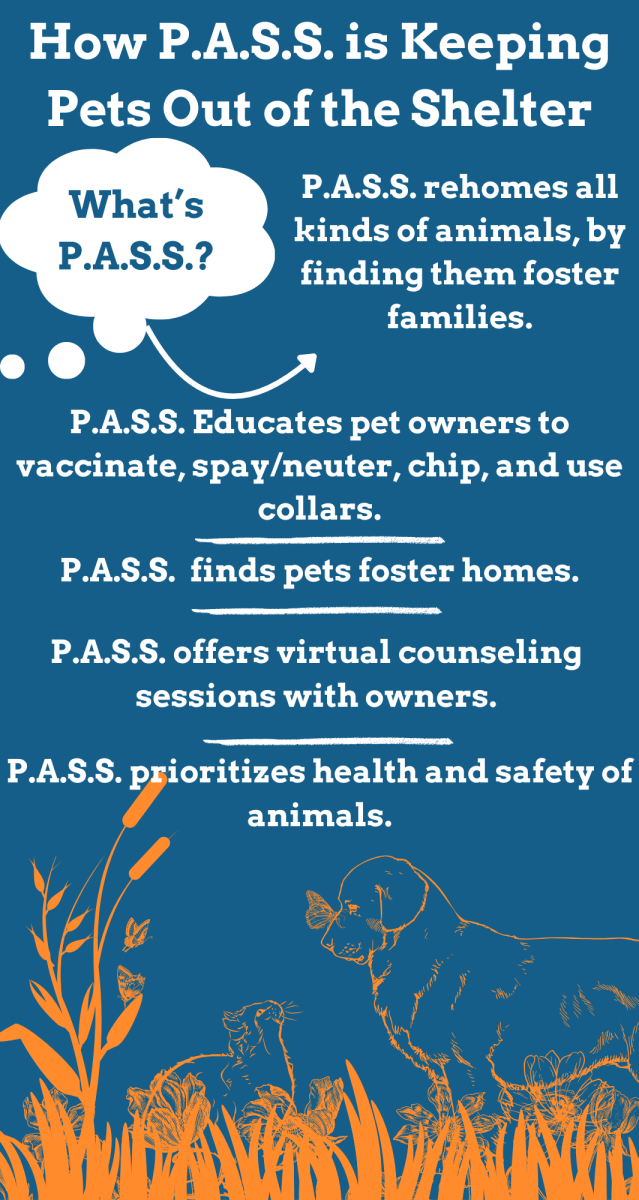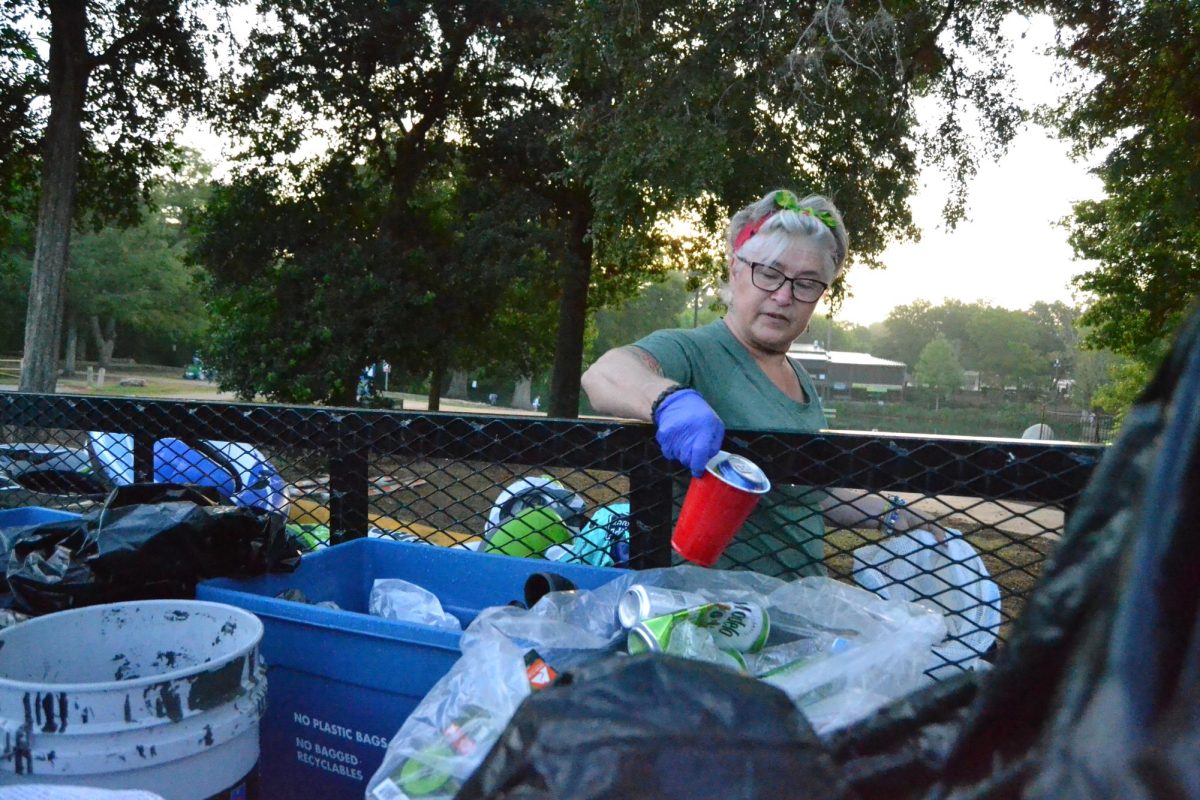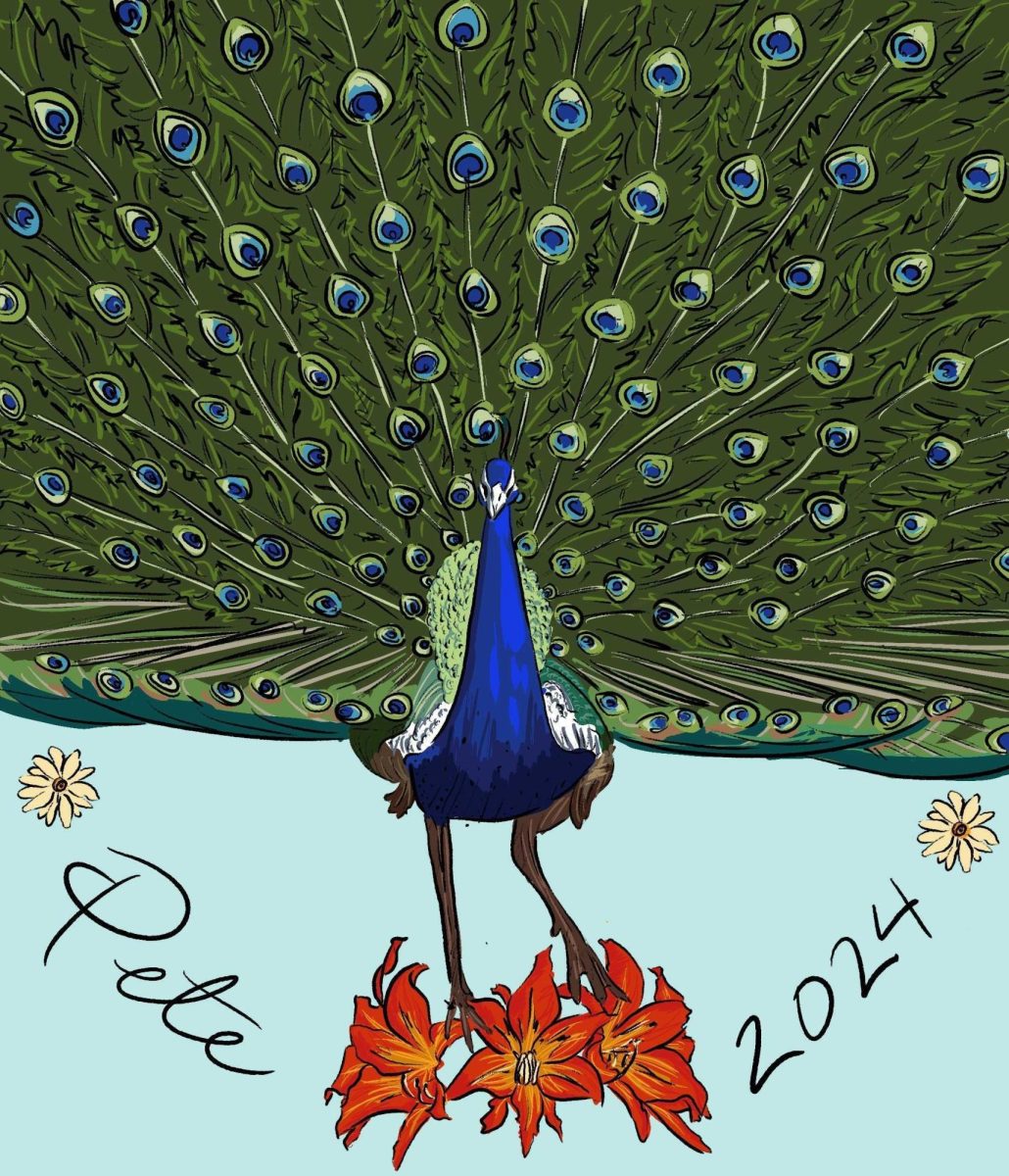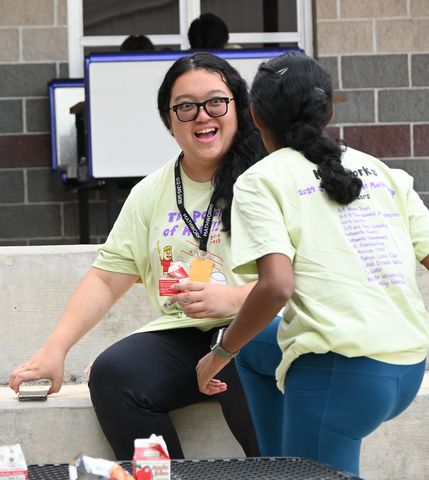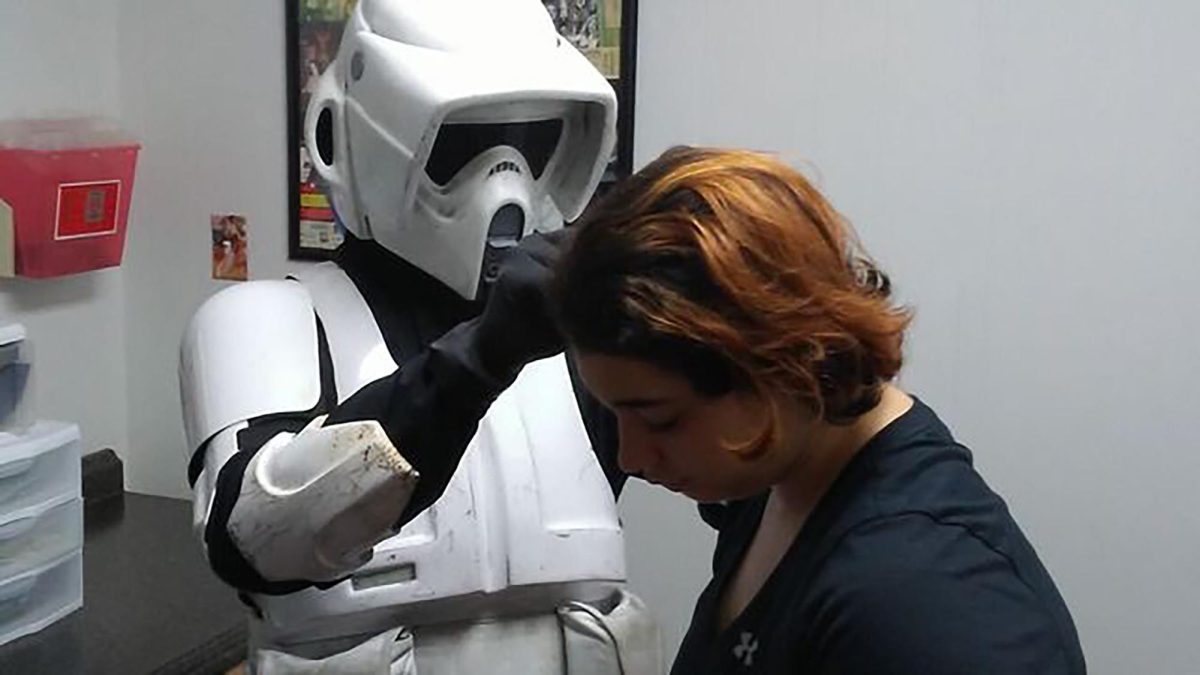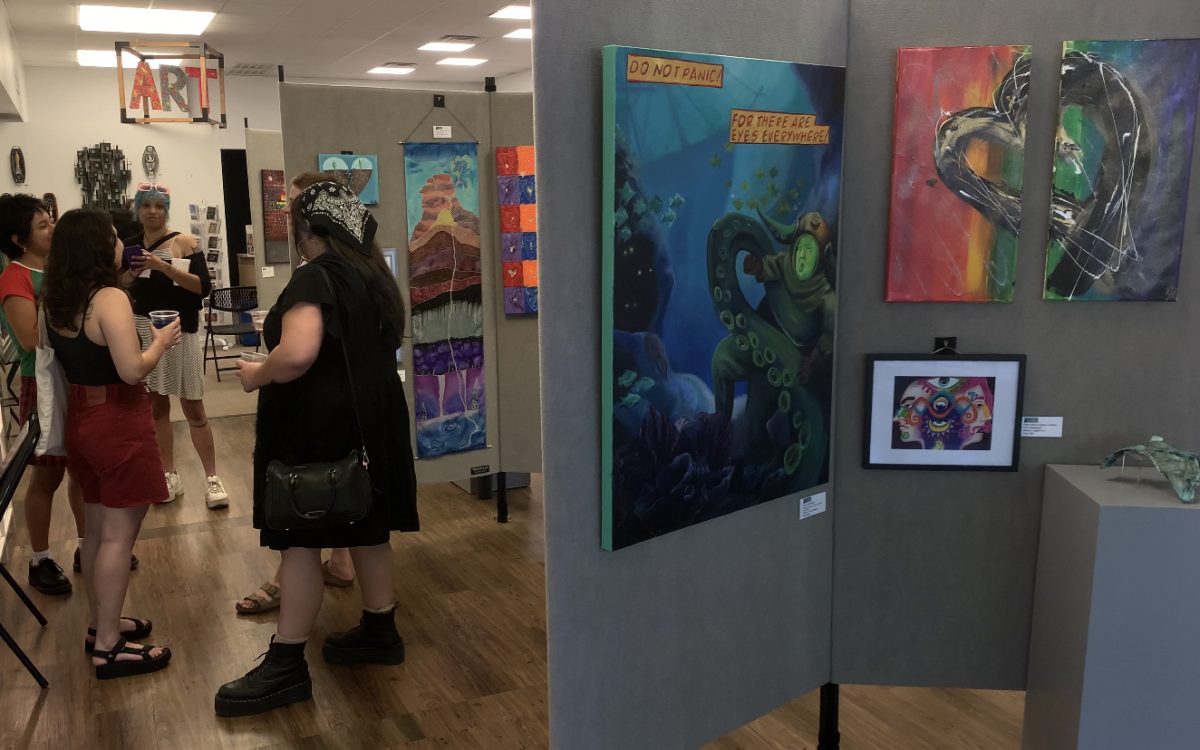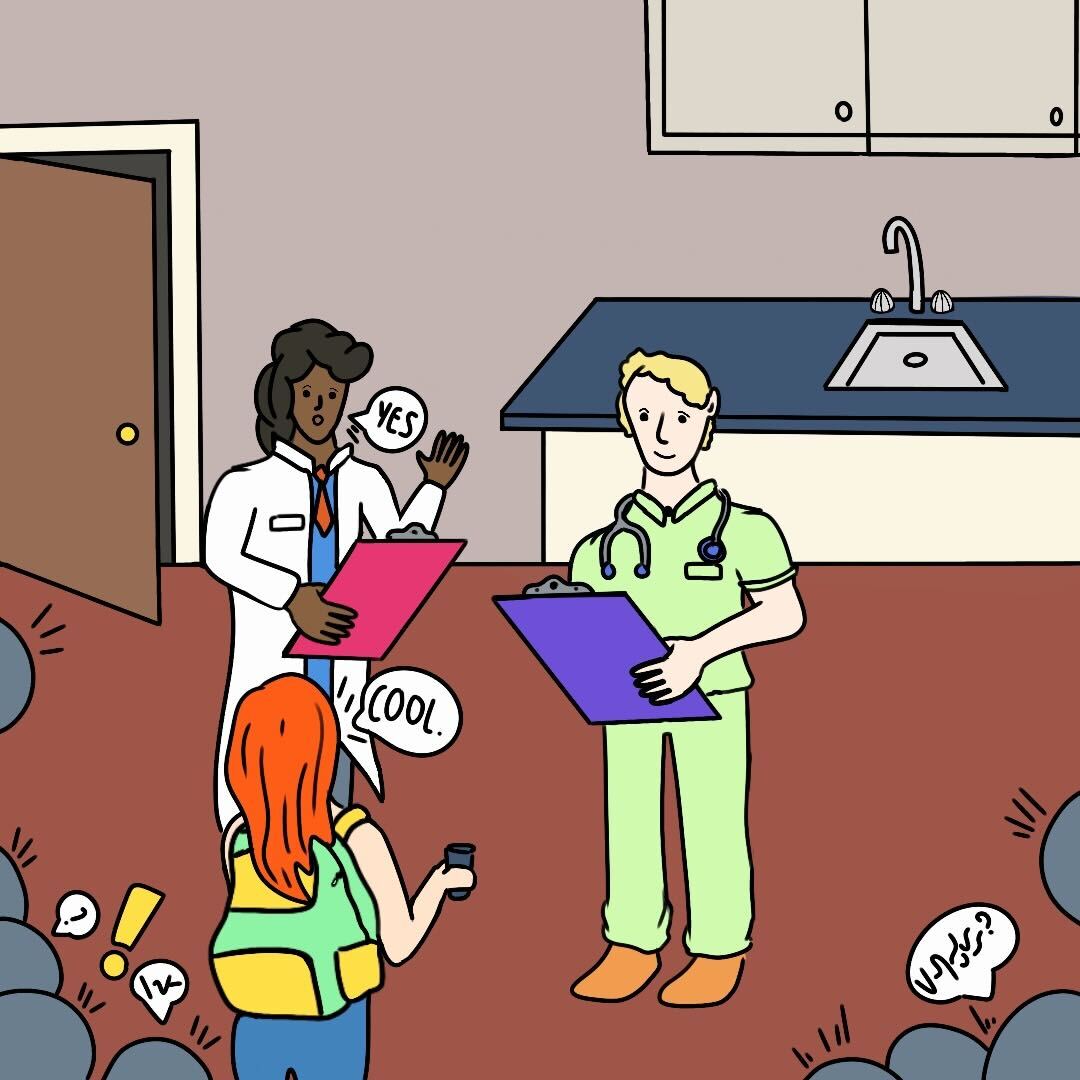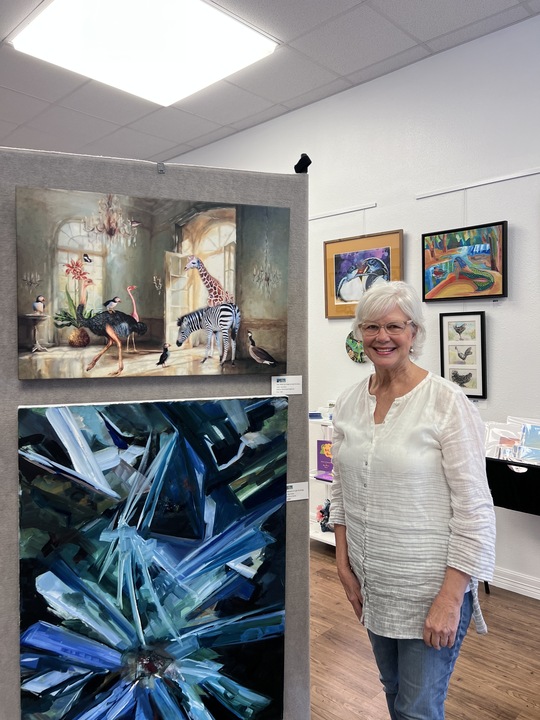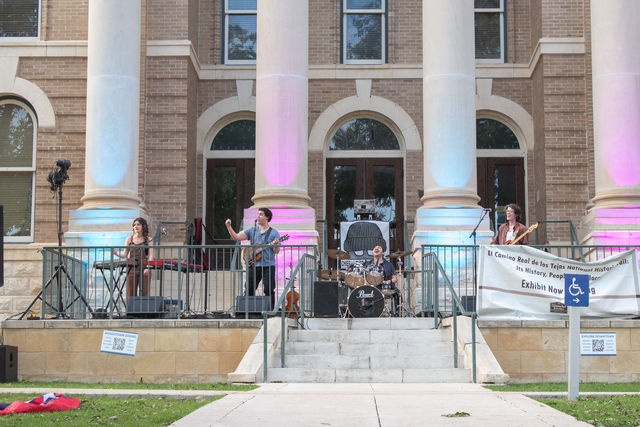Austin Pets Alive worked alongside Hays County to introduce a new initiative called Positive Alternatives to Shelter Surrender (PASS). The program launched in January 2024 and serves as a virtual resource center for residents of Hays County. The addition of this program provides resources for pet owners and an opportunity for one-on-one counseling to support complex cases.
San Marcos struggled to provide counseling before PASS. The effort to provide in-house counseling was lengthy, which resulted in the overcrowding of the San Marcos Regional Animal Shelter. PASS has minimized the number of animals entering shelters; pet owners can get a response within 24 hours.
The San Marcos Regional Animal Shelter faces overcrowding due to the number of pets entering the shelter. There is limited opportunity for case management due to the shelter prioritizing the animals in the shelter. The Pet Resource Center Model is a physical shelter accompanied by additional programs and resources. The Executive Adviser for Austin Pets Alive Lee Ann Shenefiel works to organize the Hays County Pet Resource Center Project.
“I think in a lot of ways it’s more humane sometimes for pet owners,” Shenefiel said. “When you surrender a pet to the shelter, you don’t get to determine who their next family is. You often don’t know what happens to that pet.”
Some believe those who rehome don’t care about their pets. Lack of education for health requirements for pets lead to animals being abandoned. PASS aims to inform Hays County about vaccine schedules, microchip information and litter prevention. Austin Pets Alive works alongside other organizations in the animal welfare space to provide clinics and volunteers to provide low-cost spay and neuter opportunities.
“In many cases, people don’t want to surrender pets,” Shenefiel said. “There’s whatever circumstance they’re in, either housing instability or a health crisis; there’s something that’s happening in their lives that doesn’t let them provide the care they want to for pets.”
Lucy Fernandez, the intake diversion program manager at Austin Pets Alive said the idea of the Hays County initiative is to recruit more and train volunteers and other animal welfare staff members throughout Texas so they can take care of animals in their own communities.
“A lot of the time, culturally, we’re just so used to taking the animal to the pound, but if we want to maintain high life release rates we want to provide that proactive stuff before that’s even considered,” Fernandez said.
A Spanish resource was launched in February 2024, making support forms available in Spanish and providing bilingual volunteers to provide counseling. There is a large community of Spanish speakers in Hays County. It is part of the Austin Pets Alive mission to provide personal connection and counsel to each individual who reaches out.
“People are scared of asking for help because they’re afraid of getting judged,” Fernandez said. “The best option to them, and I don’t think that’s ever the best option, is to turn an animal loose. Instead of asking for help… they give up. It’s a matter of [people not knowing] what’s available.”











